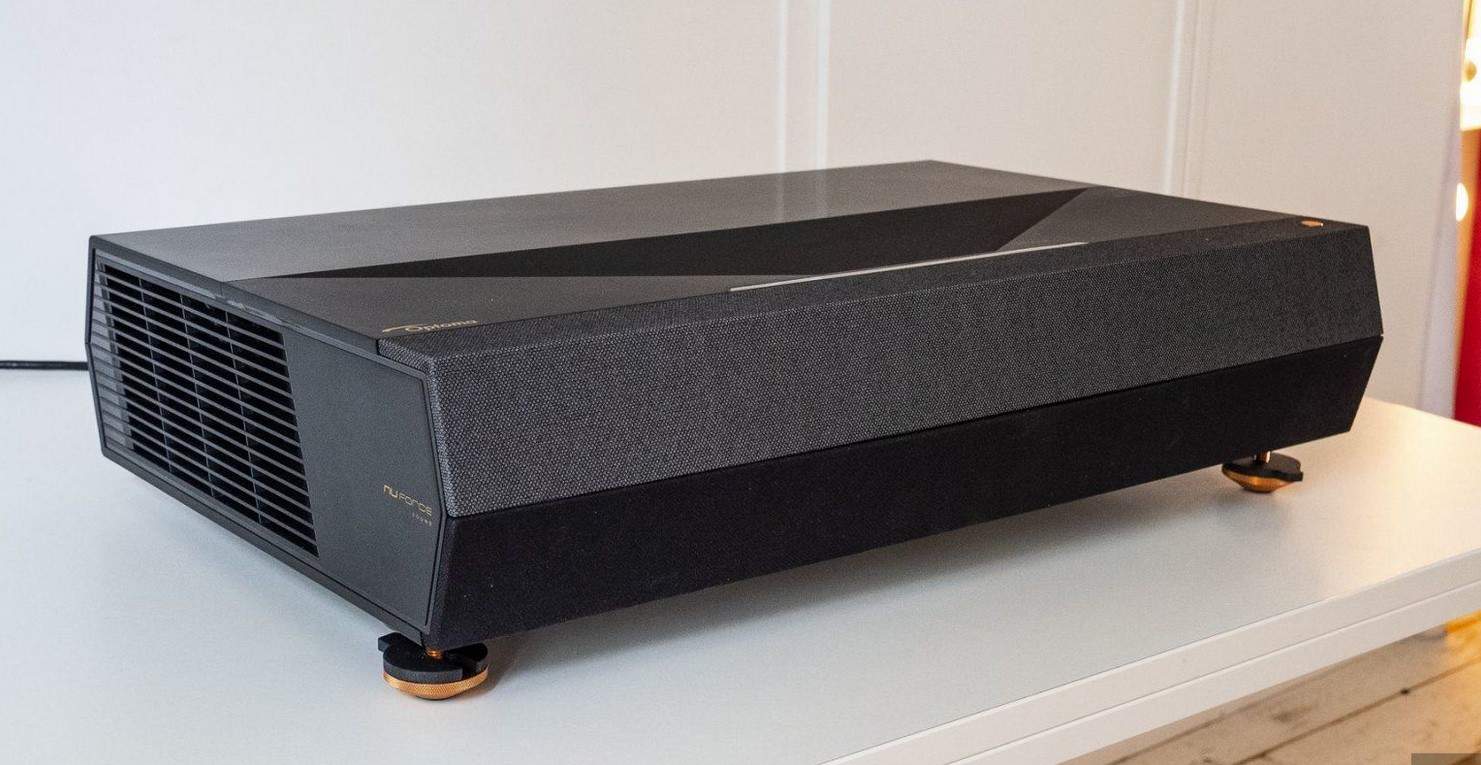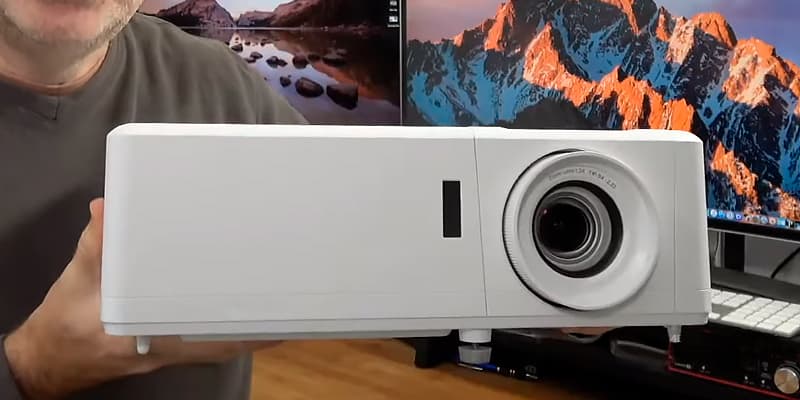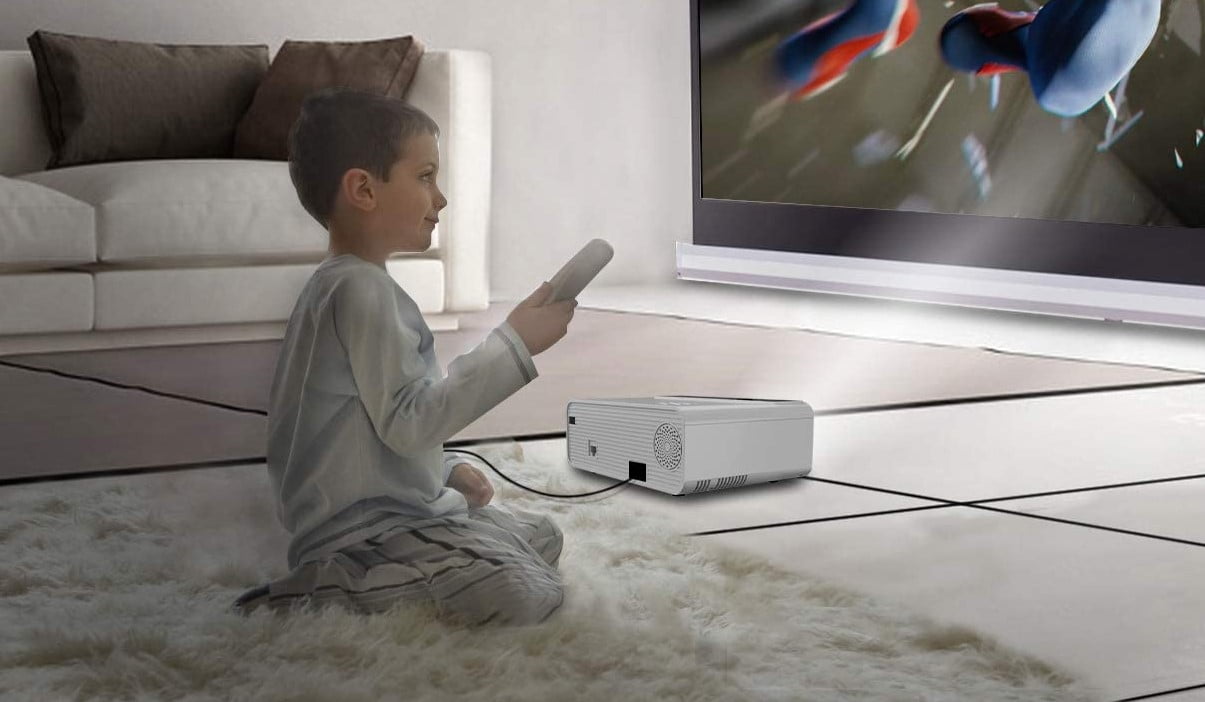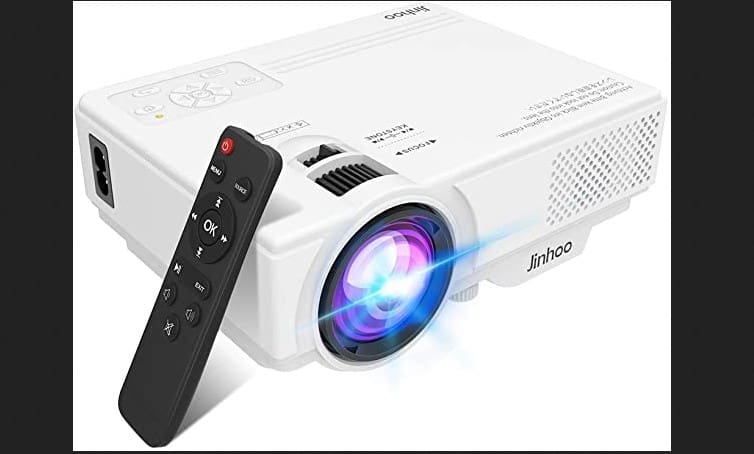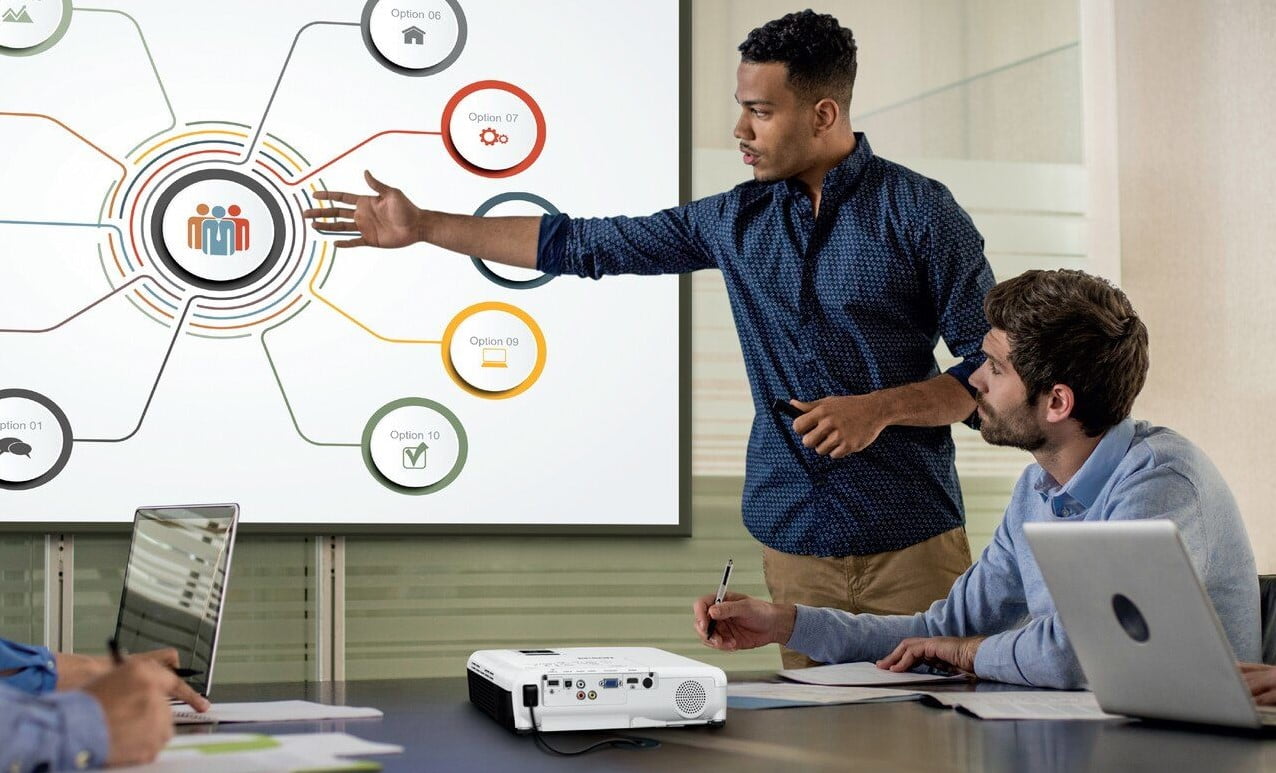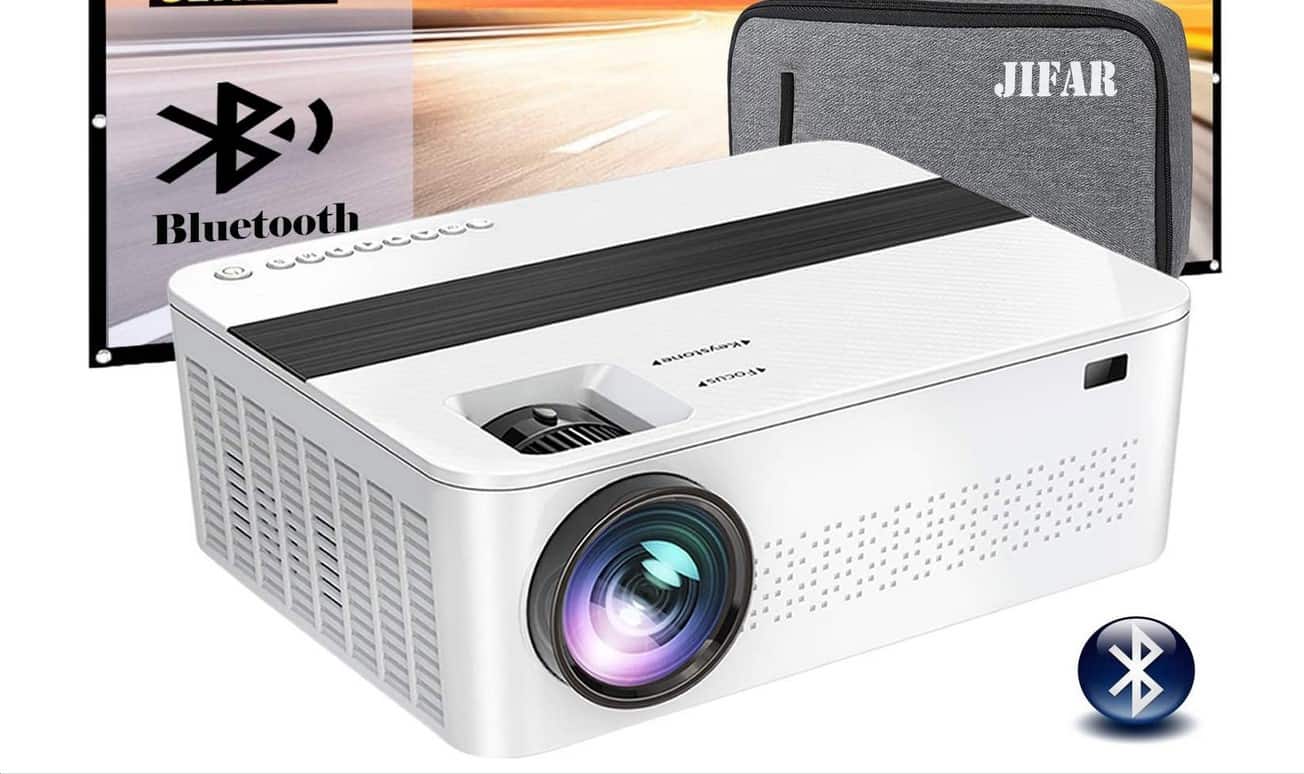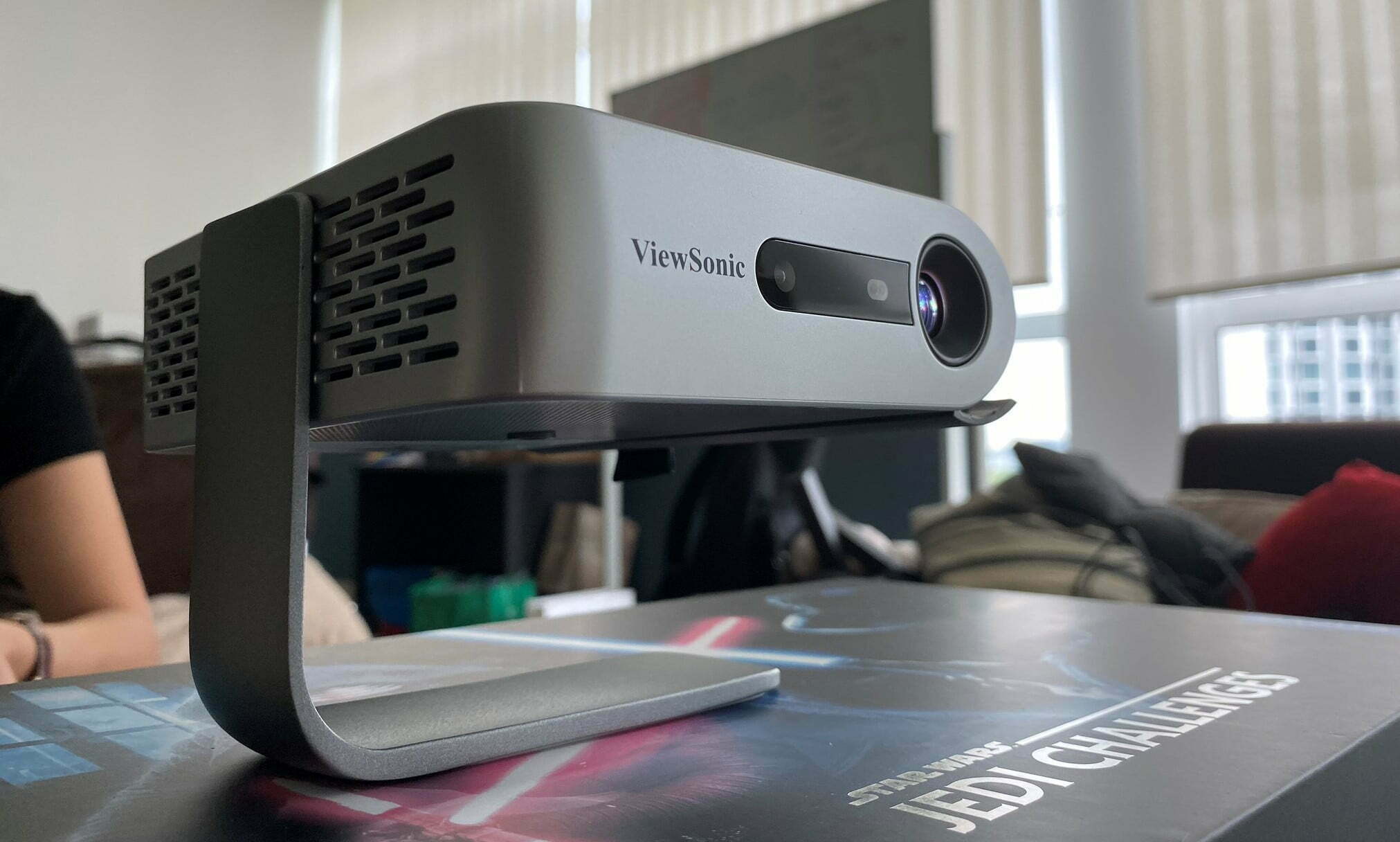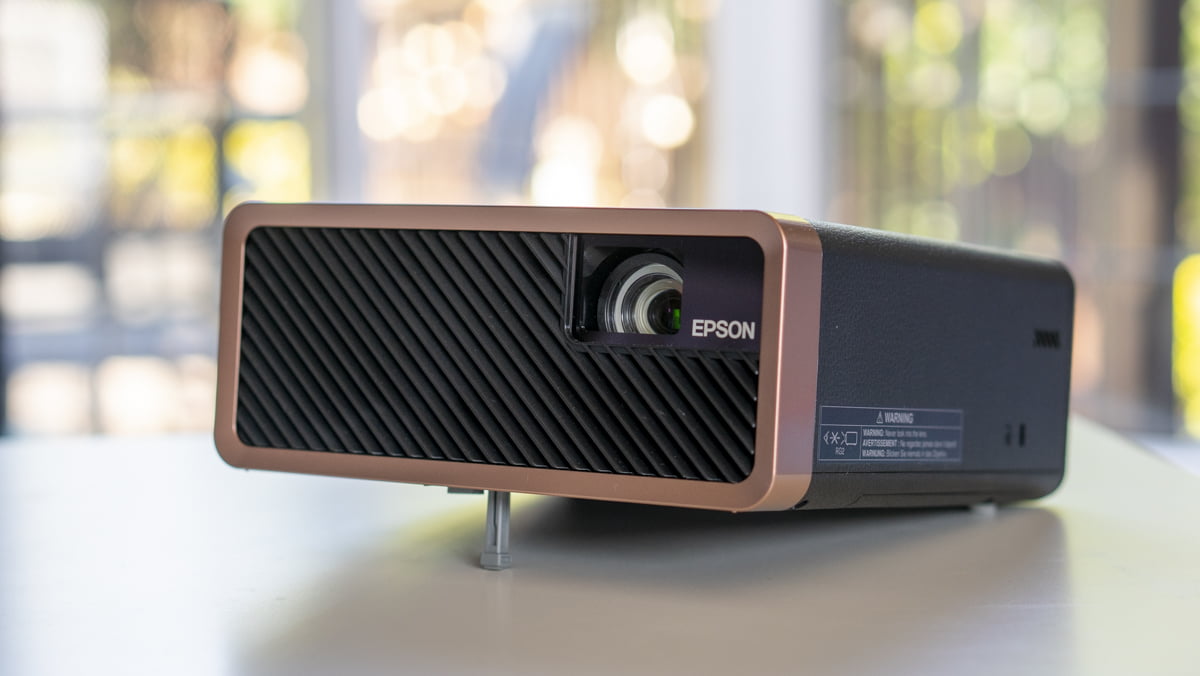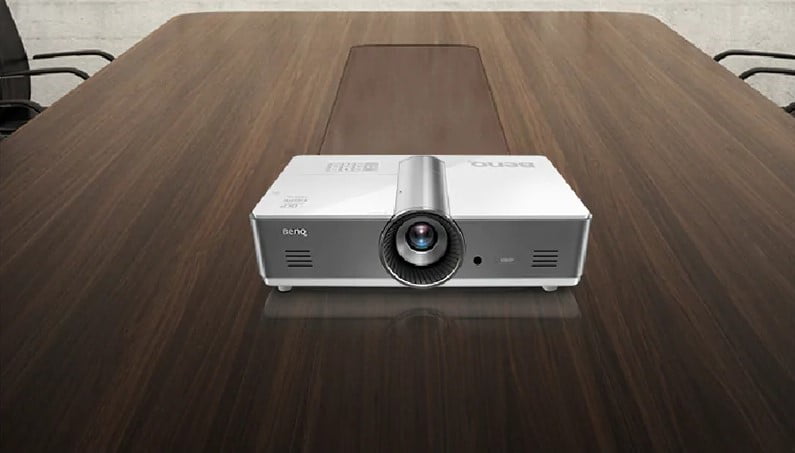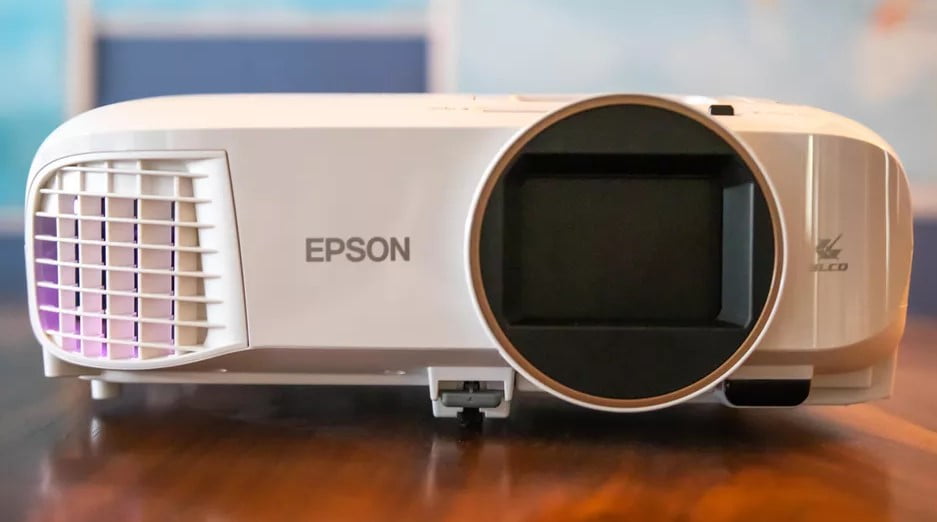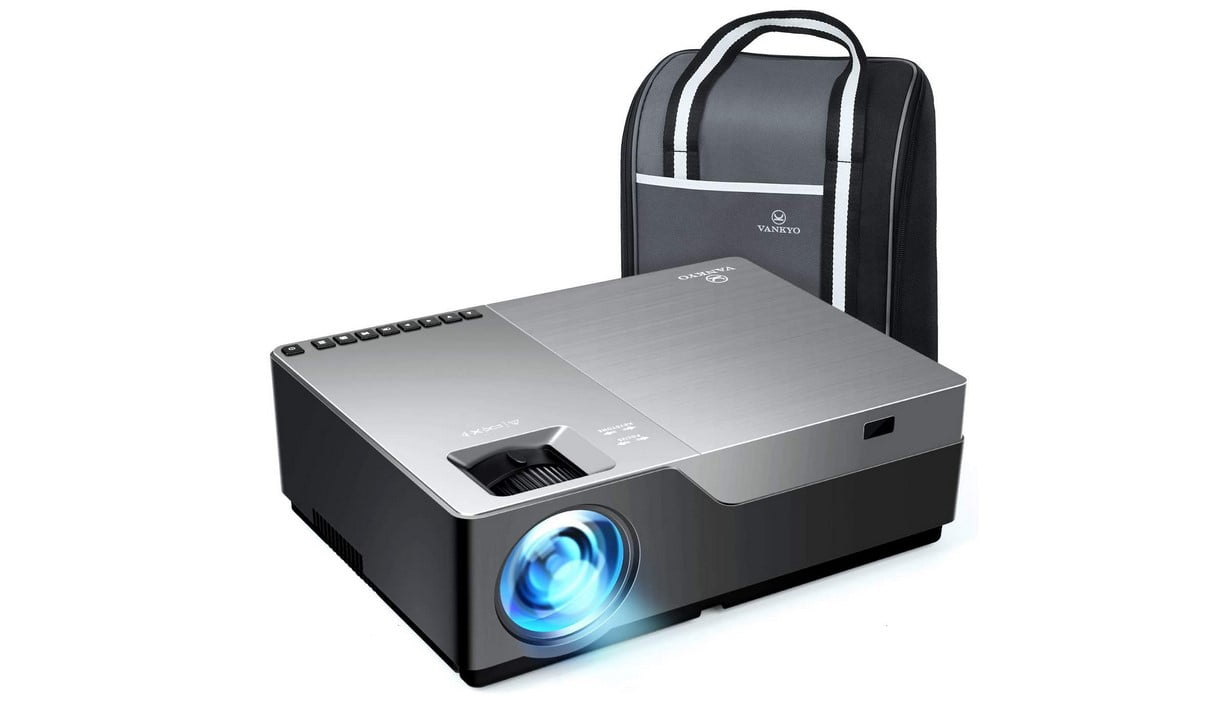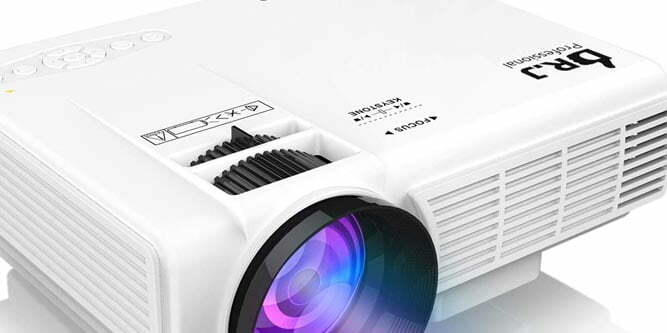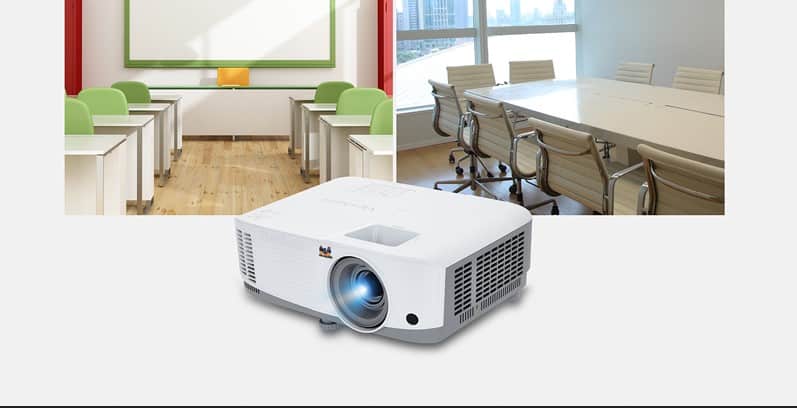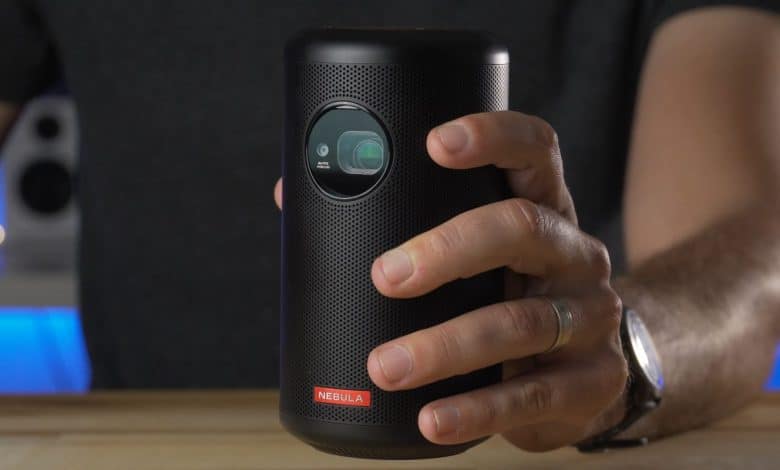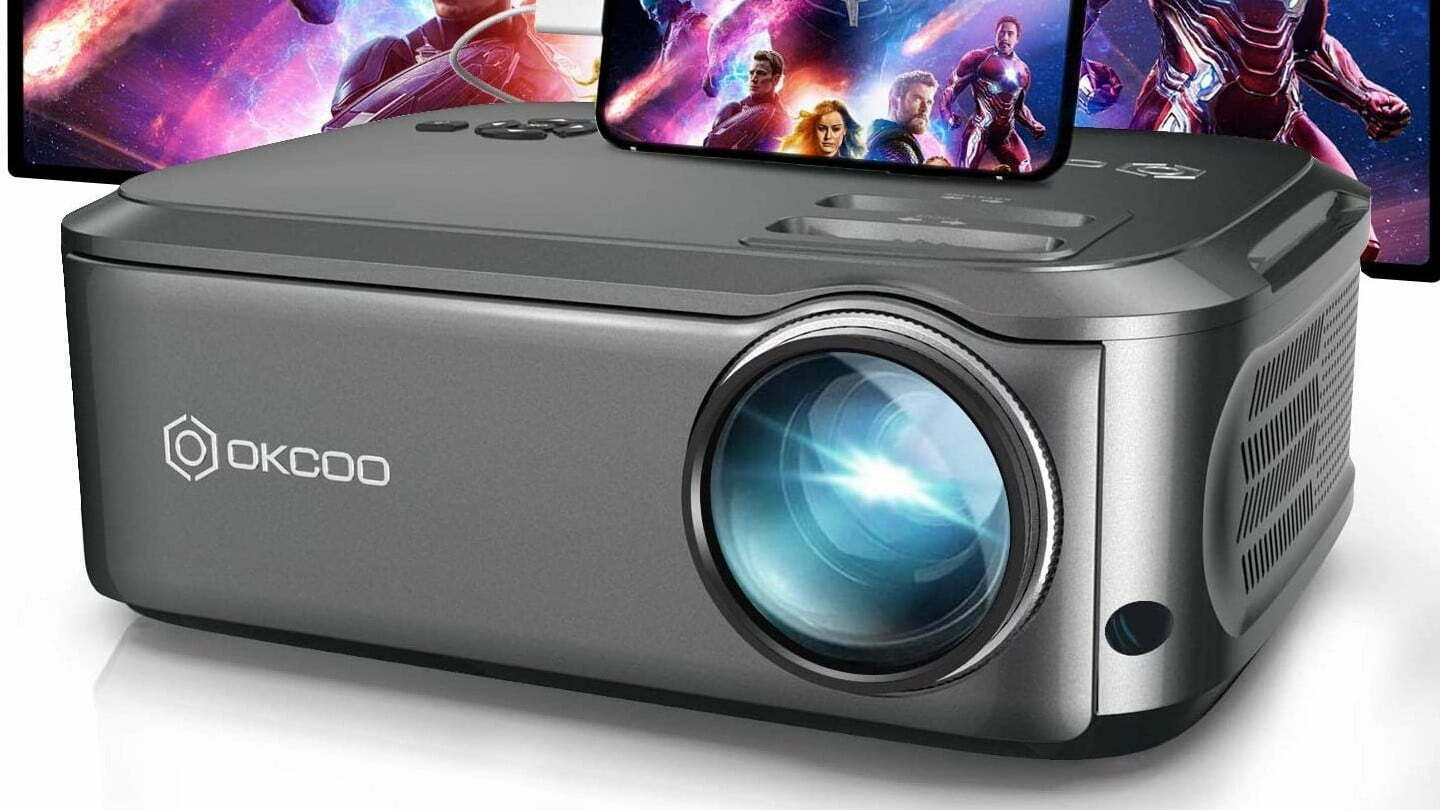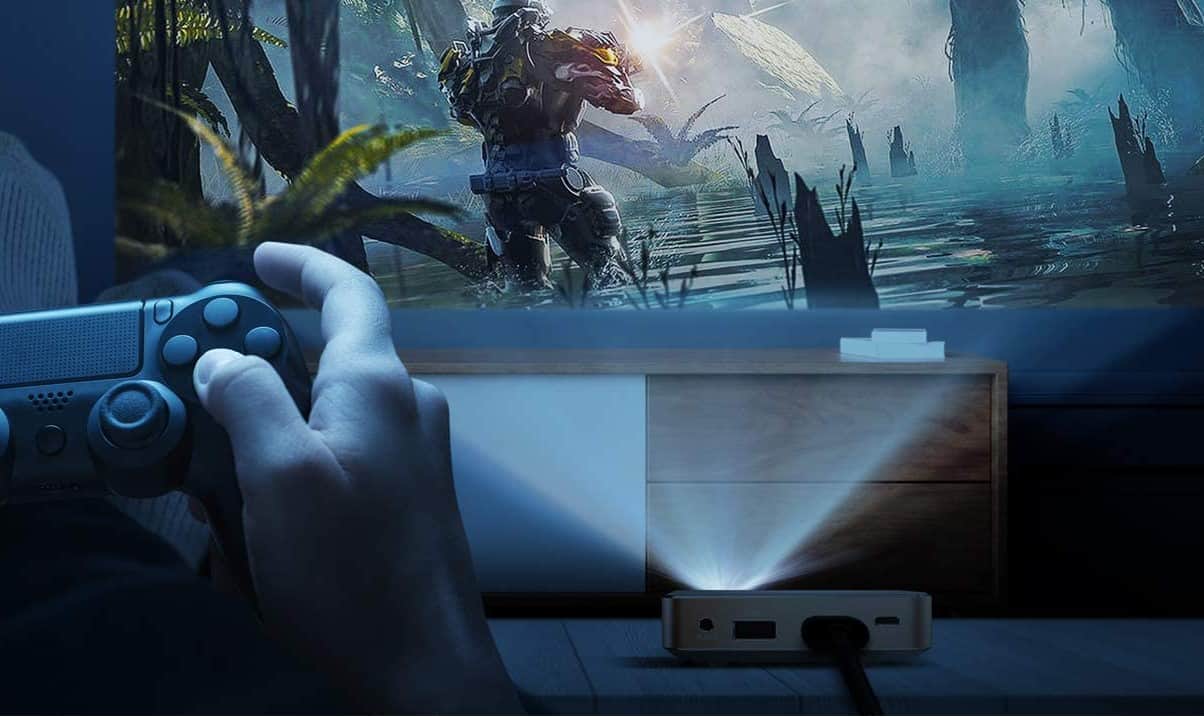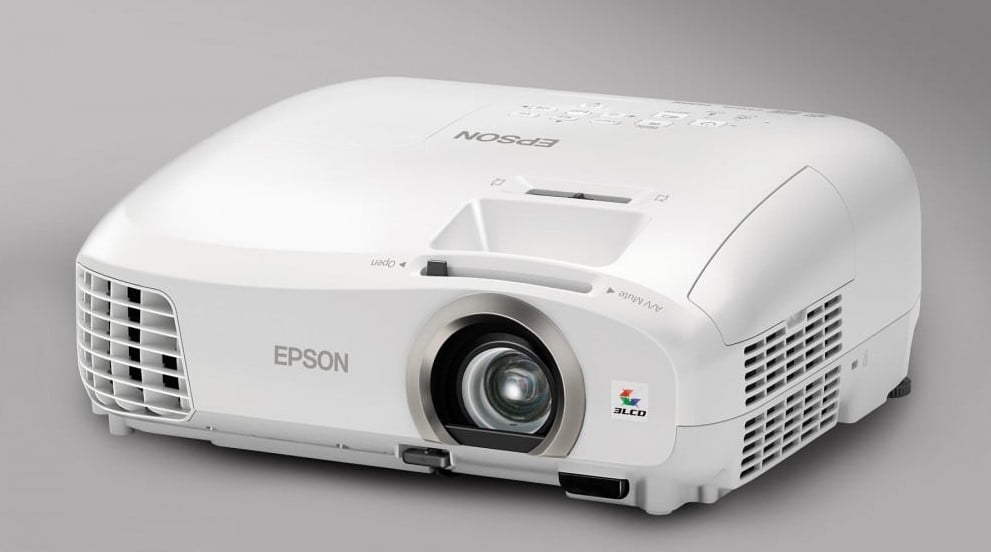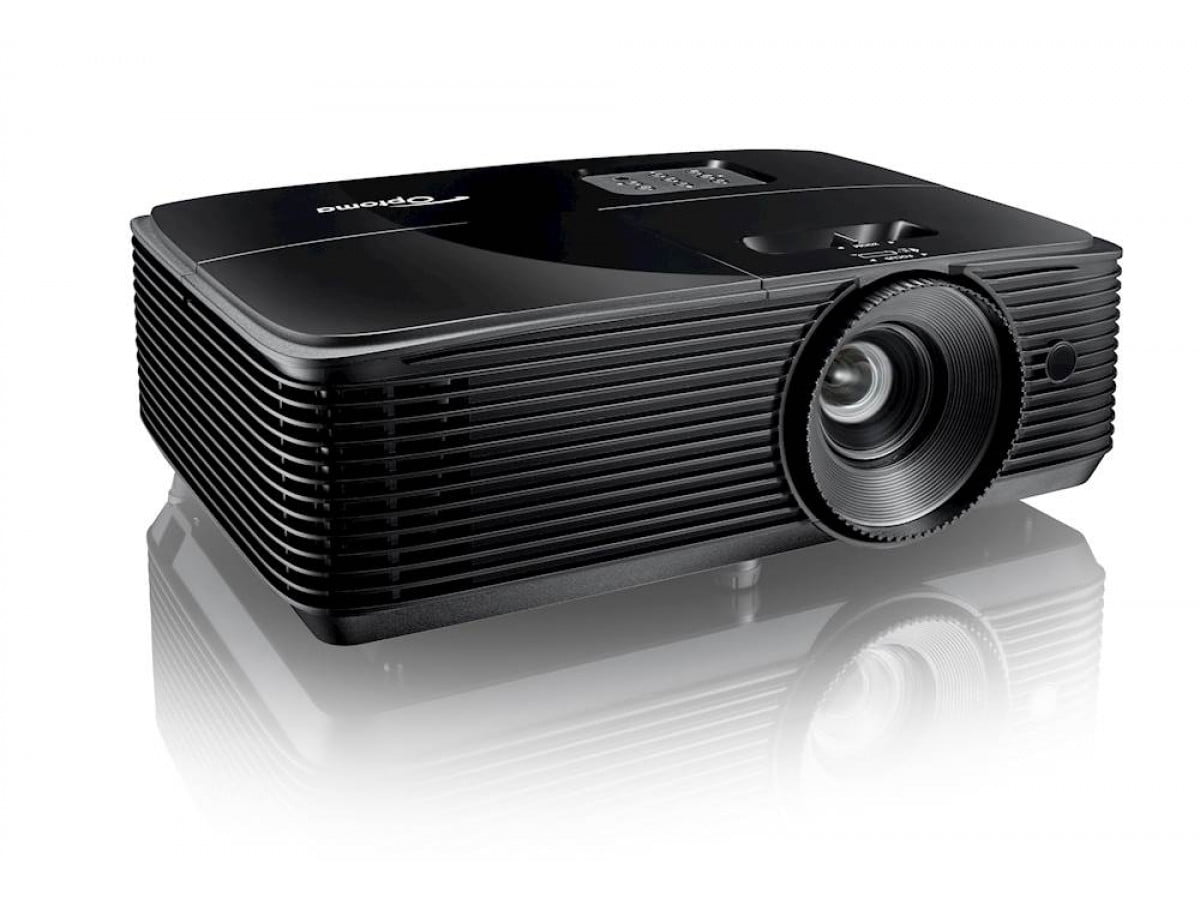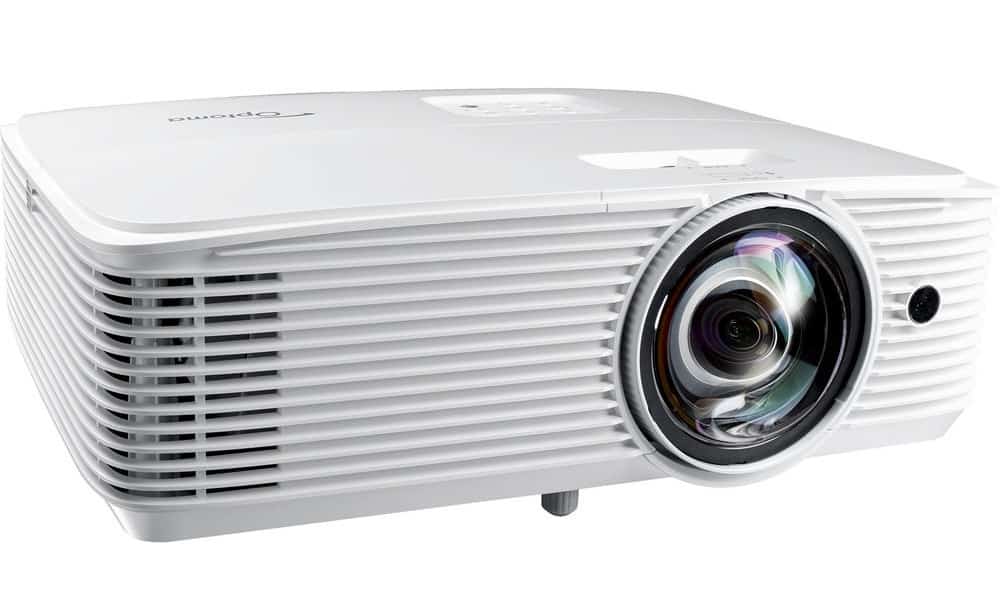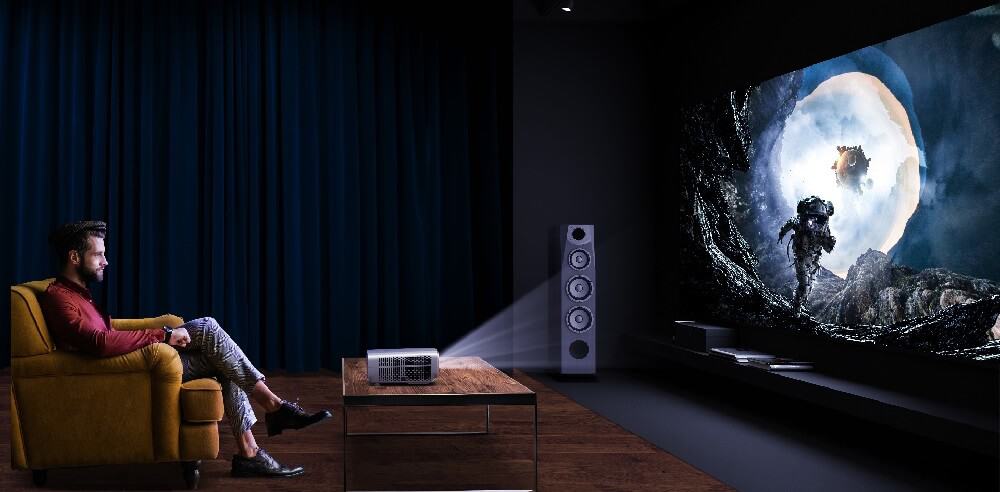If you’ve ever asked, “How do short throw projectors work?” then you’re in the right place. Projector technology has advanced to the point where some models require minimal distance to provide bright images. A short-throw model is an excellent option for those with small spaces still looking for a larger picture.
KEY TAKEAWAYS:
- Short throw models allow you to project a higher image quality even when you’re stuck with a small room and little distance between projector to screen.
- Understanding how short-throw models work means understanding the relationship of the projector to screen distance and image size.
- These models are best suited to be cinema projectors in apartments or anywhere else where space is an issue.
From screen sizes to the type of projector lens used, multiple components determine the best projectors. Look that allows for a high-quality lens for a sharper image at a shorter distance.
Explaining How Short Throw Projectors Work
To understand how short throw projectors work, you need to understand throw affects all projectors. Most models you look at will likely be standard throw projectors. This means the feet of throw distance is average, and the projector must be away from the screen to work. Basically, you should know what distance the projector should be from the screen.
Insider Tip
Ensure that your projector is the dominant light source in the room; otherwise, you may struggle to see the actual projection.
With short-throw projection, you can have the model far closer to the screen than you could with a regular throw projector. For more info on throw ratio projection, check out our resource article about what’s the difference between short-throw vs long-throw projectors. Various projectors have different strong points. To learn more, read our article comparing a 3D vs 3D ready projector.
Understanding Throw Distance in Projectors
The throw is simply the distance between the projector lens and the screen. You’ll need to understand a few other components, like the definition of throw ratio. These combine into a bigger picture. Next, try asking, “How does a wifi projector work?” for a more comprehensive understanding.
Why Throw Ratio Matters
The throw ratio is found using a little bit of math. How far away the type of lens your projector uses can be away from the screen. There are a ton of different factors that come into play, however. Ambient light is still a concern no matter what the throw ratio is.
Reasons for Owning Short Throw Models
There are a few reasons why owning a short-throw model is so desirable. Most people do not live in places that can host a traditional projector. For this reason alone, a short-throw model may be your only choice. The benefits of owning these projector models are extensive:
- Ability to use your projector in small rooms
- Minimal chance of obstructions from shadows
- Allows for projection at a steep angle
Warning
When changing the lamp in regular projectors, make sure you do not touch inner components, or the oil from your fingers could ruin them.
F.A.Q.S
How do I achieve a brighter image with high ambient light?
Ambient lighting presents a challenge for all types of projectors. The best way to beat ambient light is to dim or turn off every light source in the room. A standard projector may not have a high enough lumen count, so try to invest in an excellent laser projector.
What screens will short throw projectors work with?
Any projection screen should work just fine. The screen materials matter, but it’s more important to make sure the aspect ratio will fit the type of projectors you use.
How much do ultra-short-throw projectors typically cost?
While you can get a normal projector at a reasonable price, models with an ultra-short throw are expensive. They range between around a thousand dollars and a few thousand dollars.
What projector is best for me?
That depends on what usage you have in mind. There are a few different types of projectors out there. Here’s a list of projector types to give you an idea of what projectors are used for:
- Business projector
- Theater projectors
- Gaming projector
STAT: Most viewers do not notice differences as large as 30% in the image luminosity unless presented with a test image and asked to look for variations in brightness. (source)
REFERENCES:
- https://en.wikipedia.org/wiki/Throw_(projector)
- https://media.eetgroup.com/documents/Doc_9592753.pdf
- https://en.wikipedia.org/wiki/Projection_screenr
- https://www.optomausa.com/ContentStorage/Documents/5f21fb5d-a781-432c-9b5b-e46a4adb42c7.pdf
- https://files.bbystatic.com/PsKViGZ8OHUrbSTX1Dyn%2Fg%3D%3D/2987835F-5F68-4312-B24B-E7354A93E484.pdf

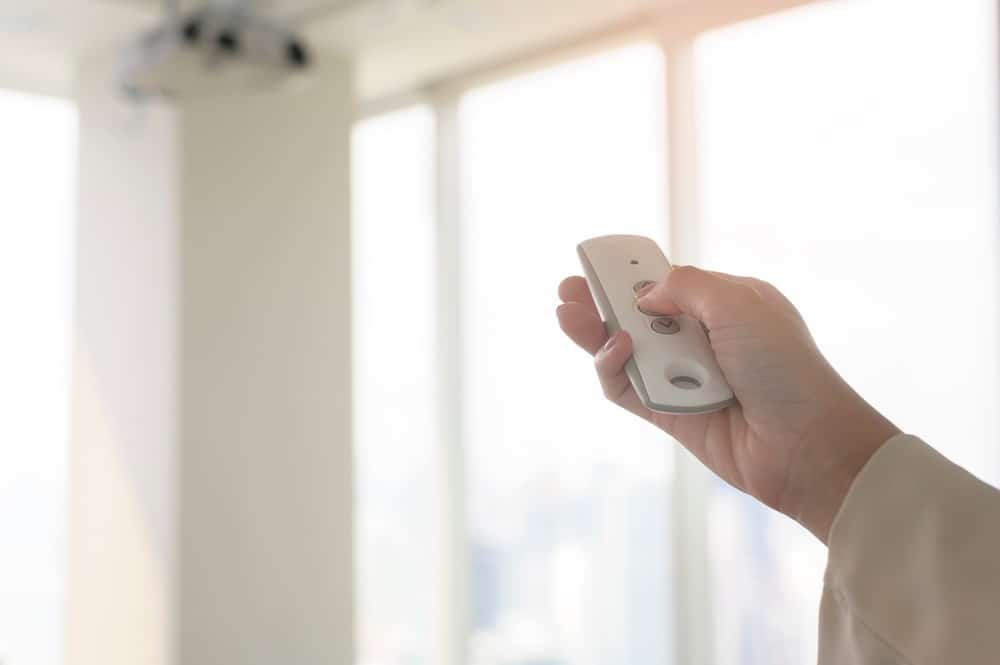














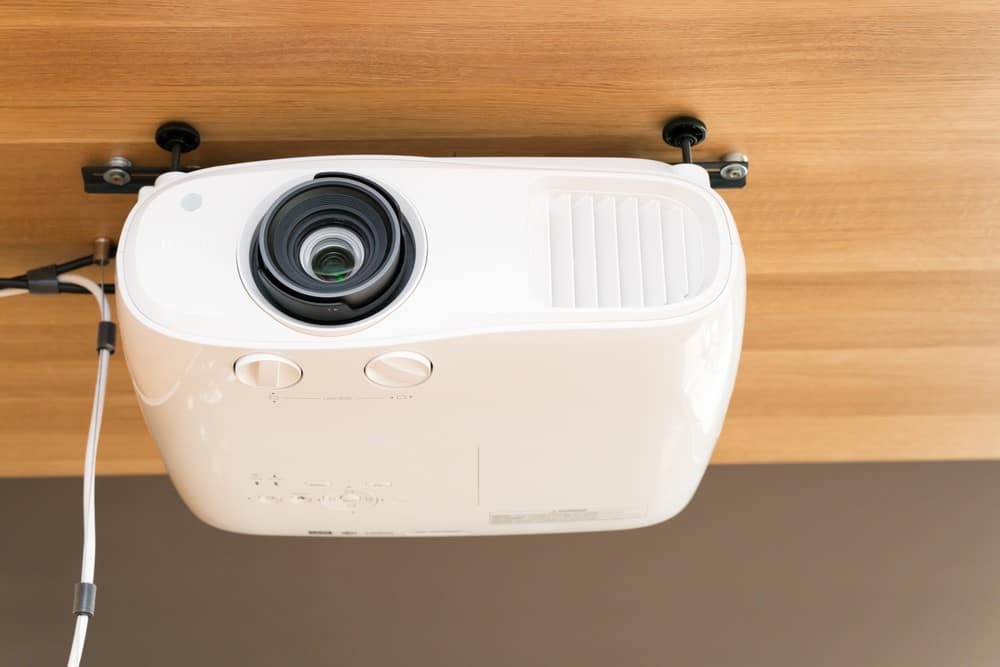
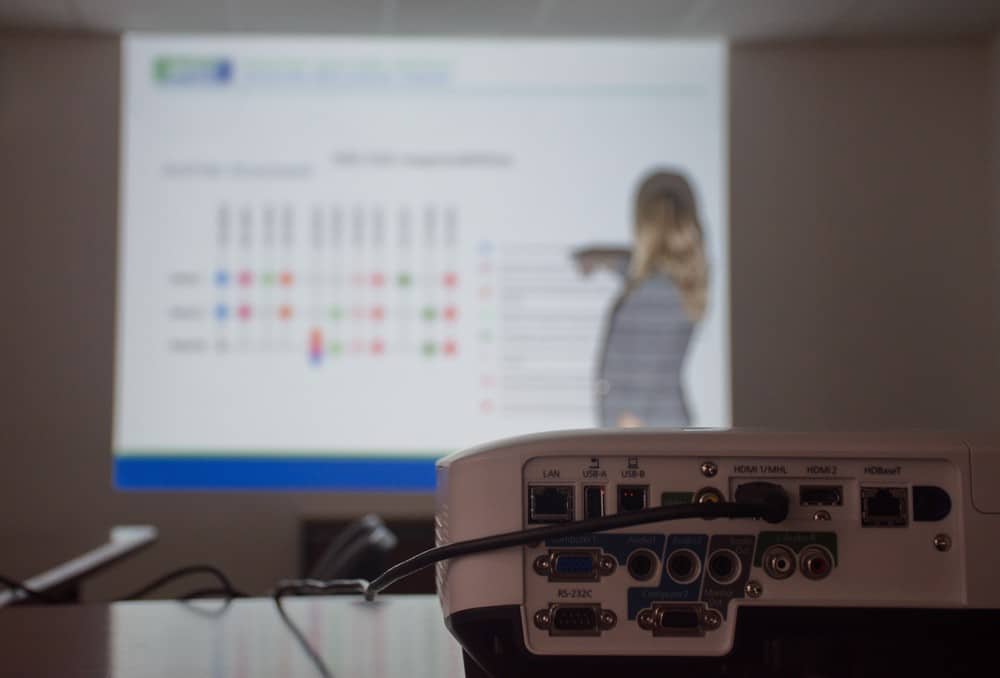
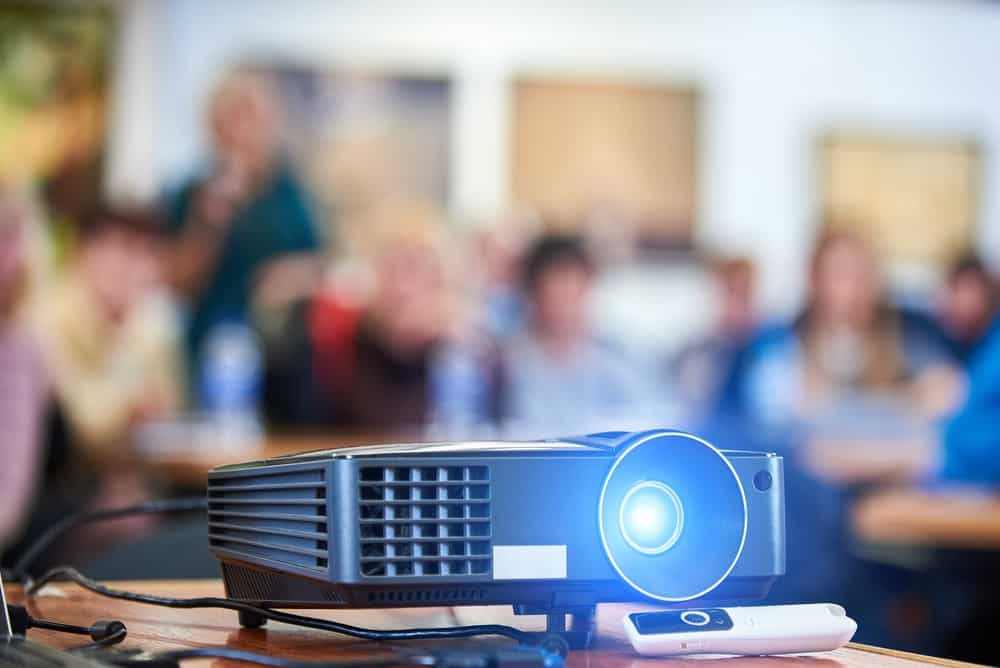

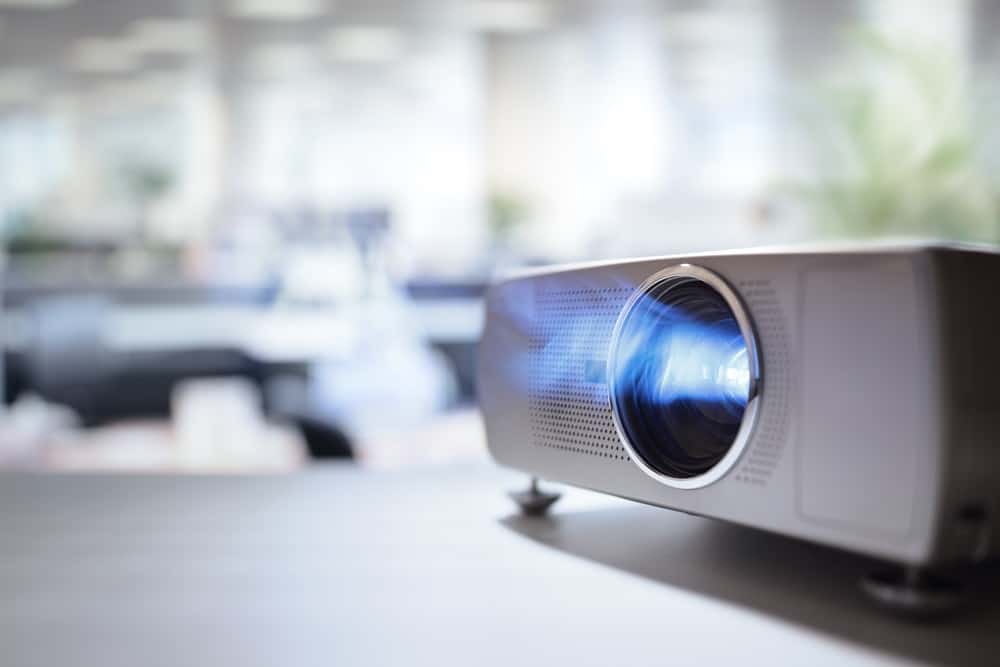
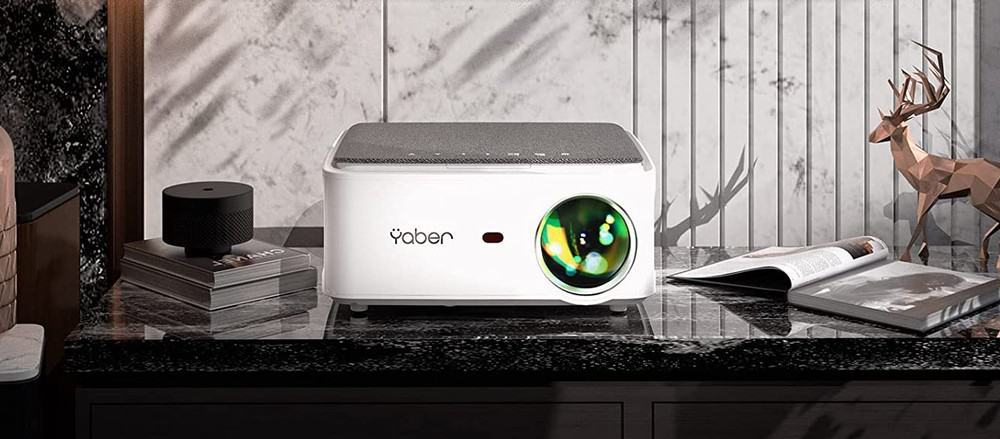
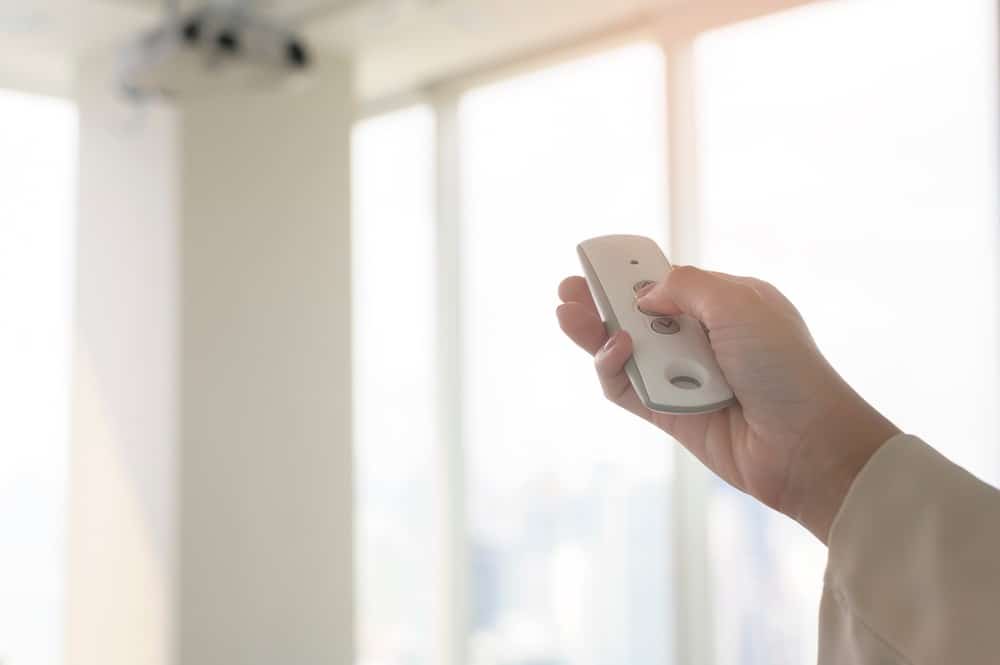
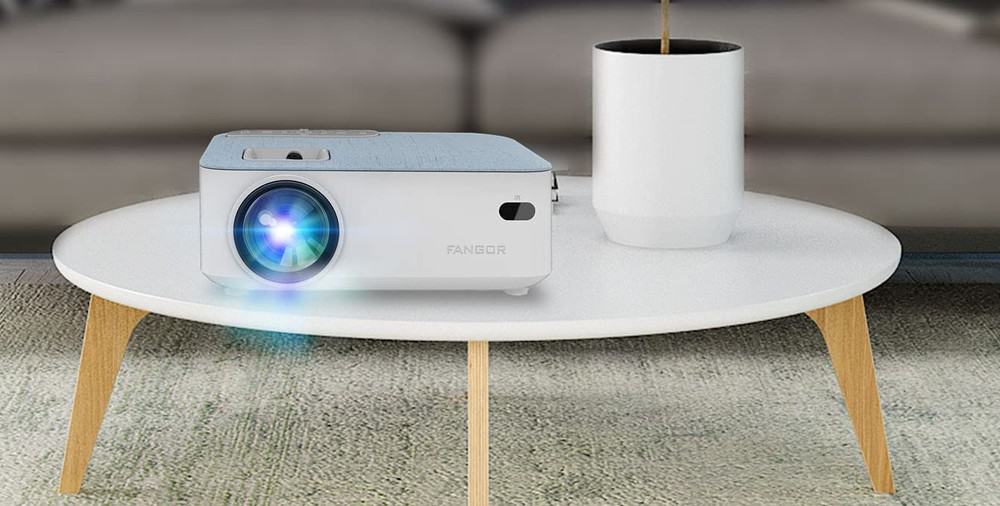
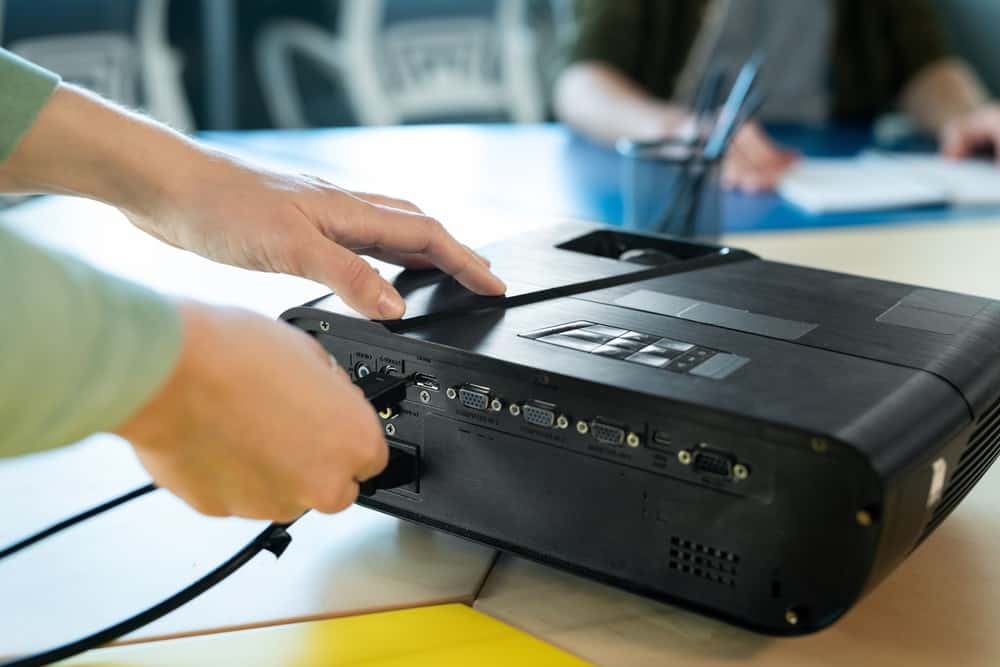
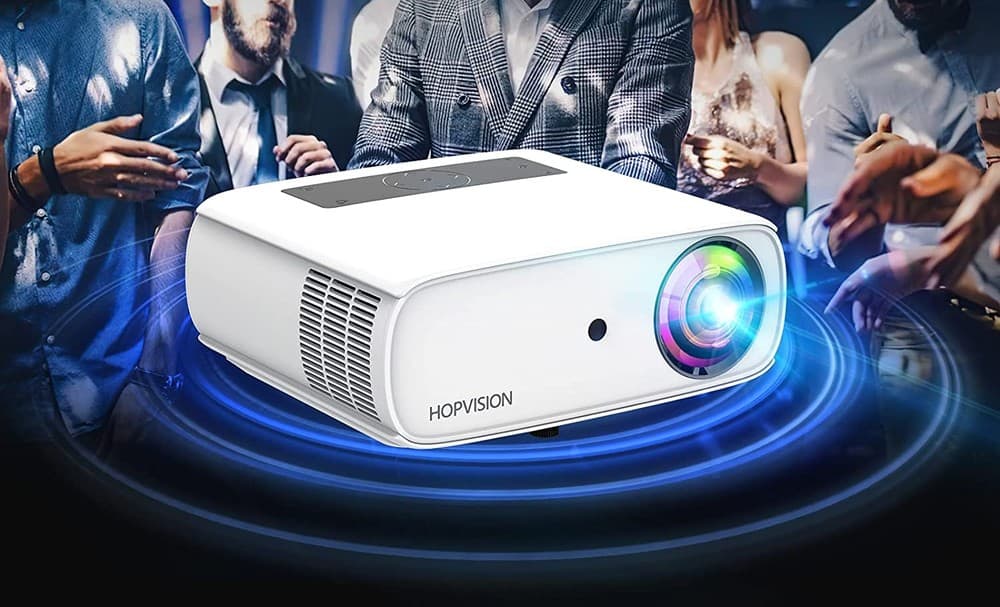

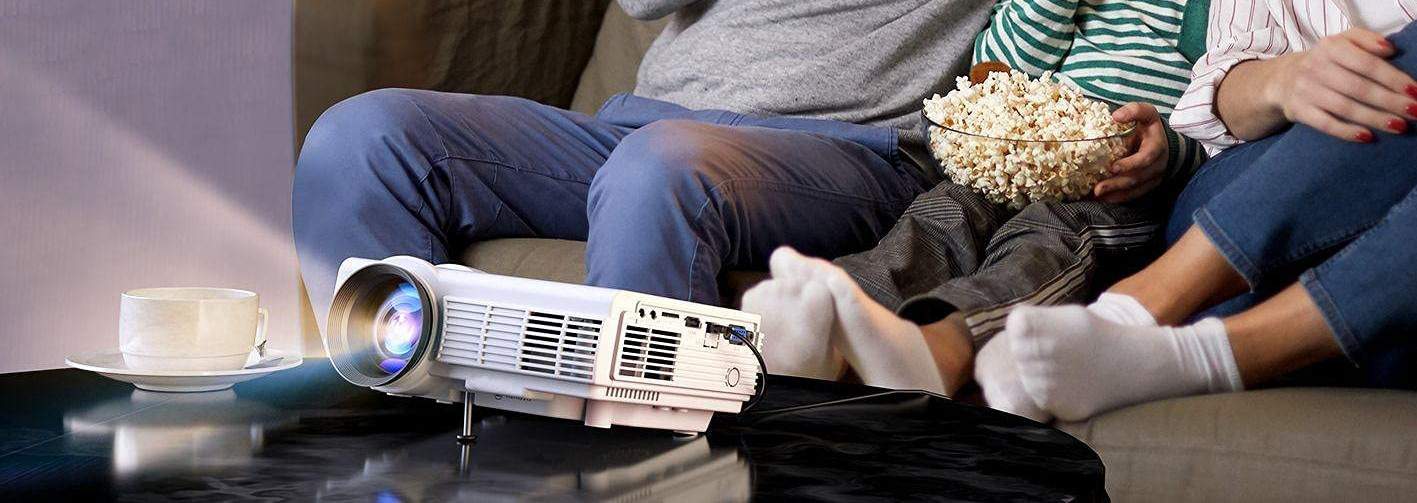
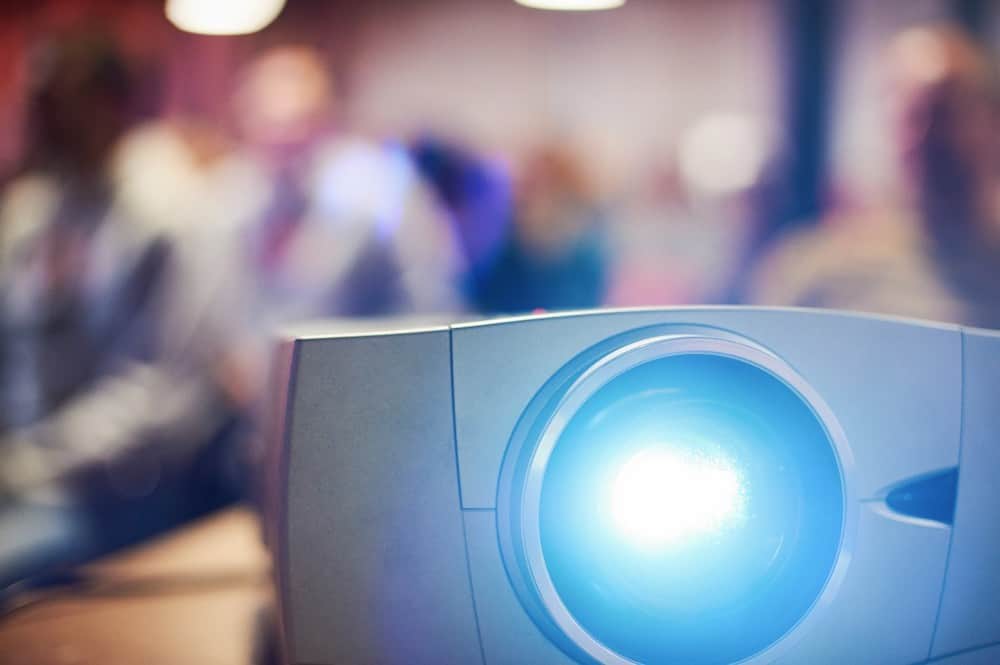
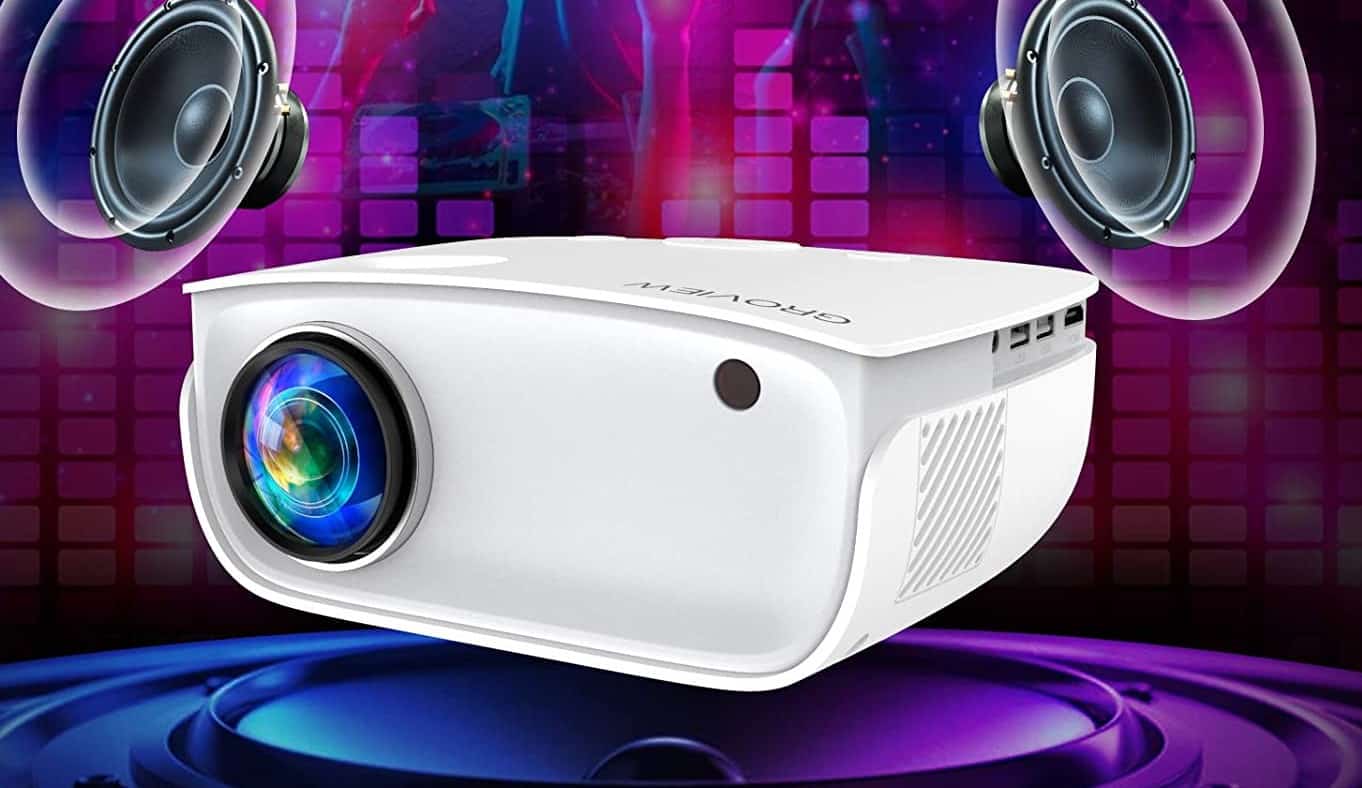
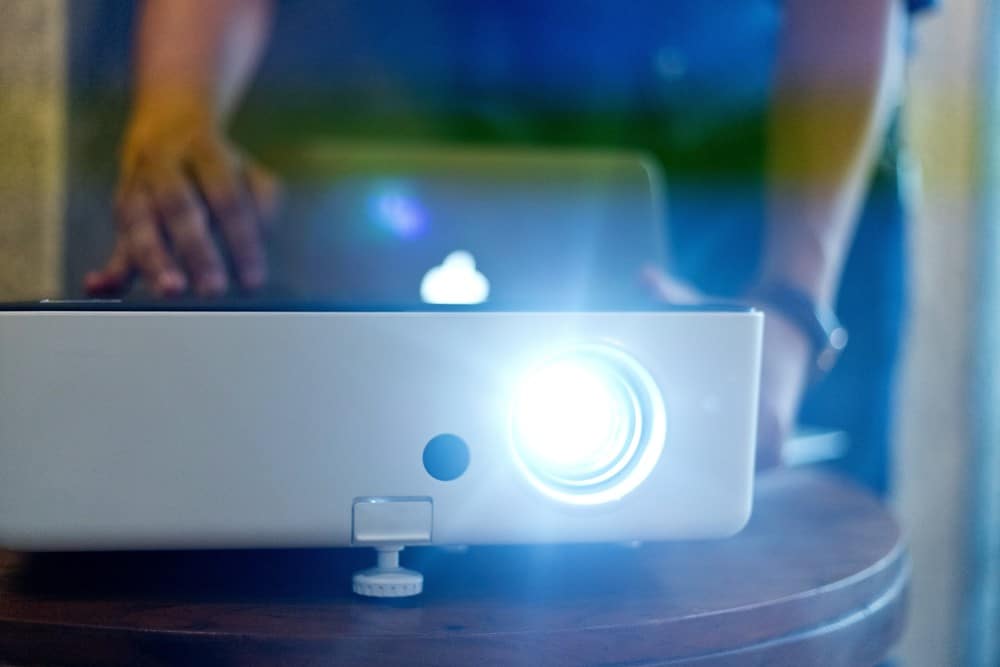

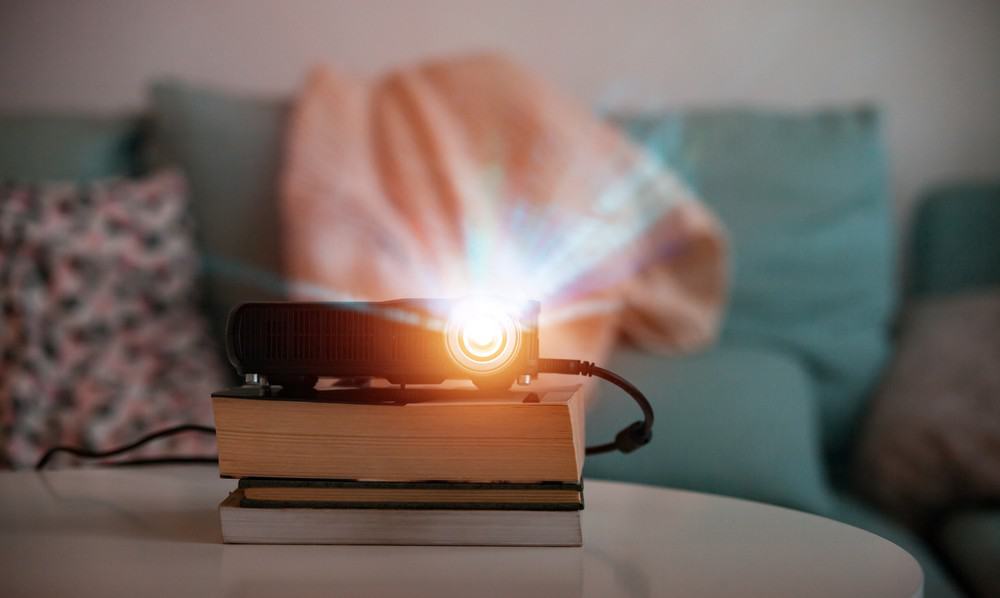
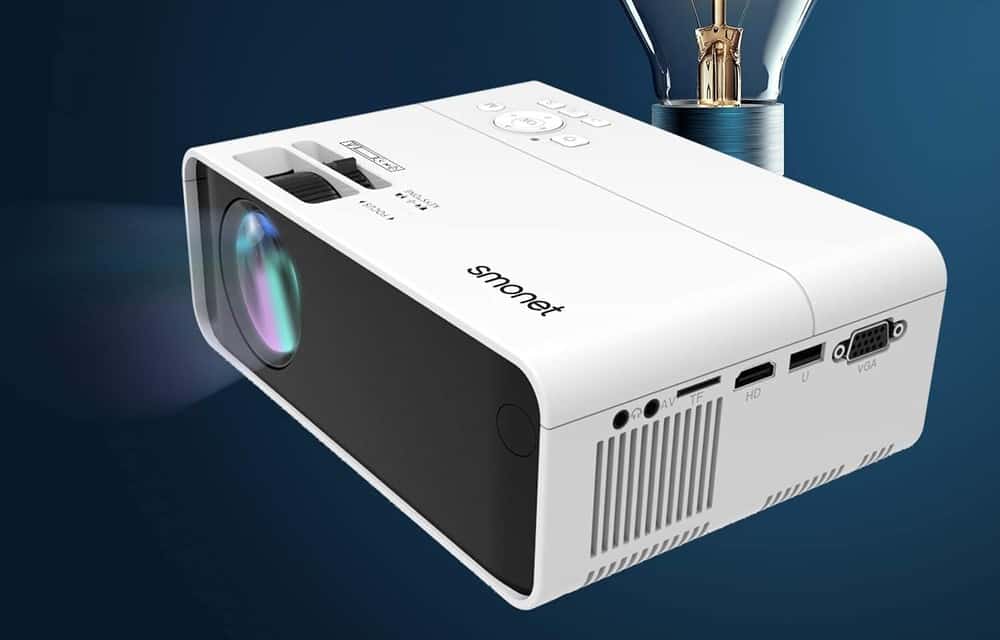
![Best Projectors for Daylight Viewing in [year] 27 Best Projectors for Daylight Viewing in 2025](https://www.gadgetreview.dev/wp-content/uploads/best-projector-for-daylight-viewing-image.jpg)
![Best Samsung Projectors in [year] 28 Best Samsung Projectors in 2025](https://www.gadgetreview.dev/wp-content/uploads/best-samsung-projectors-image.jpg)
![Best NEC Projectors in [year] 29 Best NEC Projectors in 2025](https://www.gadgetreview.dev/wp-content/uploads/best-nec-projectors-image.jpg)
![Best Acer Projectors in [year] 30 Best Acer Projectors in 2025](https://www.gadgetreview.dev/wp-content/uploads/best-acer-projectors-image.jpg)
![Best Quiet Projectors in [year] 31 Best Quiet Projectors in 2025](https://www.gadgetreview.dev/wp-content/uploads/best-quiet-projector-image.jpg)
![Best Projectors for Golf Simulator in [year] 32 Best Projectors for Golf Simulator in 2025](https://www.gadgetreview.dev/wp-content/uploads/best-projector-for-golf-simulator-image.jpg)
![Best Conference Room Projectors in [year] 33 Best Conference Room Projectors in 2025](https://www.gadgetreview.dev/wp-content/uploads/best-conference-room-projector-image.jpg)
![Best InFocus Projectors in [year] 34 Best InFocus Projectors in 2025](https://www.gadgetreview.dev/wp-content/uploads/best-infocus-projectors-image.jpg)
![Best Mini Projector in [year] ([month] Reviews) 35 Best Mini Projector in 2025 (December Reviews)](https://www.gadgetreview.dev/wp-content/uploads/best-mini-projector-image.jpg)
![Best Panasonic Projectors in [year] 36 Best Panasonic Projectors in 2025](https://www.gadgetreview.dev/wp-content/uploads/best-panasonic-projectors-image.jpg)
![Best Sony Projectors in [year] 37 Best Sony Projectors in 2025](https://www.gadgetreview.dev/wp-content/uploads/best-sony-projectors-image.jpg)
![Best Projector Stands in [year] 38 Best Projector Stands in 2025](https://www.gadgetreview.dev/wp-content/uploads/best-projector-stand-image.jpg)
![Best Ultra Short Throw Projectors in [year] 39 Best Ultra Short Throw Projectors in 2025](https://www.gadgetreview.dev/wp-content/uploads/best-ultra-short-throw-projector-image.jpg)
![Best Projectors for a Living Room in [year] 40 Best Projectors for a Living Room in 2025](https://www.gadgetreview.dev/wp-content/uploads/best-projector-for-living-room-image.jpg)
![Best RCA Projectors in [year] 41 Best RCA Projectors in 2025](https://www.gadgetreview.dev/wp-content/uploads/best-rca-projectors-image.jpg)
![Best Optoma Projectors in [year] 42 Best Optoma Projectors in 2025](https://www.gadgetreview.dev/wp-content/uploads/best-optoma-projectors-image.jpg)
![Best BenQ Projectors in [year] 43 Best BenQ Projectors in 2025](https://www.gadgetreview.dev/wp-content/uploads/best-benq-projectors-image.jpg)
![Best Projectors for Church in [year] 44 Best Projectors for Church in 2025](https://www.gadgetreview.dev/wp-content/uploads/best-projector-for-church-image.jpg)
![Best Projectors for Classroom in [year] 45 Best Projectors for Classroom in 2025](https://www.gadgetreview.dev/wp-content/uploads/best-projector-for-classroom-image.jpg)
![Best Epson Projectors in [year] 46 Best Epson Projectors in 2025](https://www.gadgetreview.dev/wp-content/uploads/best-epson-projector-image.jpg)
